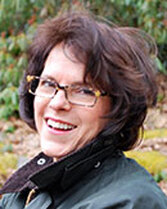 One upon a time, about a thousand years ago, a vibrant tribe of people, lived a simple life in the Alticama of southern Peru, the driest desert on earth. We call them the Chiribaya, but locals, who knew where their remains were, called them the gentle spirits and left them to rest in peace. There was gold and other precious metals in the sandy hills where they lived, but they left them un-mined. They were afraid that the Aztecs and Mayans who lived nearby, might attack them for their riches. It is amazing to think that a group of more than 20,000 people agreed to not be greedy, leave the riches untouched so they could live in peace. Local people who now live in that area knew about them because they placed their dead in sand holes, sitting crossed legged and upright, with a bundle beside them containing what they would need for the afterlife. The bodies were preserved by a salty chemical in the dry sand. Years later, the sand shifted so modern people knew where to go and archaeologists came to study them. Dr. Sonya Guillen, a Peruvian archeologist and anthropologist got the job of heading the study of the Chiribaya, who are the ancestors of modern Peruvians. I went down there with a photographer and we followed her for three weeks as she worked. Here’s what I learned: The Chiribayans live on the sand mountains of the Alticama. They had to communicate directly with each other, which meant that they had to walk all over the mountains. This isn’t easy because I tried it. I discovered that dry sand on a hill is very slippery. They dug holes in the sand for their homes, shoring up the walls with planks. They ate vegetables grown in the soggy land along a small streambed. What they did revere was their ancestors, who taught them how to live and thrive in harsh conditions. Their bundles contained a llama blanket (because the desert was cold at night), painted pottery, food, beer or wine, bowls with vegetable or Llama meat stew, llama shirts, all signs that they lived in comfort. I learned you don’t need computers, video games or television to define luxury; peace, whalebone flutes, and a nightly carpet of stars on an azure blue sky will do just fine.
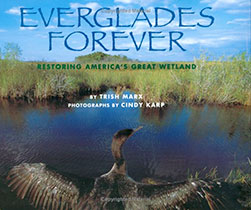 Trish Marx has authored some terrific nonfiction titles. Check out Everglades Forever for some more high interest reading about animal behavior.
3 Comments
Can you name the world's fastest mammal? How about the biggest shark? If you said the cheetah, and the whale shark, you’re right! It's safe to say that we will probably never discover faster, or bigger, animals. However, it is still possible to find small animals that can set new records for being tiny. Take frogs, for example. For many years, two kinds of frogs were tied for the honor of being the world's smallest. One species lives in Cuba, the other in Brazil. These frogs are so small that one can perch its whole body on a United States dime. Look at a dime and imagine an adult frog sitting there! Recently, those two little species from Cuba and Brazil lost their title as Earth's smallest frogs, thanks to two scientists from the United States. They were herpetologists (scientists who study amphibians, including salamanders and frogs). In 2009 these scientists were studying frog calls on Papua New Guinea a large island nation north of Australia, in the Pacific Ocean. The scientists were recording frog calls at night. All around, they heard chirping sounds that came from dead leaves on the forest floor. "Probably insects," they thought, but they decided to check. They searched among the leaves but found nothing. Frustrated, they grabbed whole handfuls of leaves and stuffed them into a clear plastic bag. Then they slowly searched through the bag, leaf by leaf. A small frog hopped off one of the leaves! When I say "small frog," I mean one that can sit on a dime with room to spare. It was just 7.7 millimeters long. That's less than a third of an inch. Though the scientists later discovered another slightly bigger relative, the first one is now officially Earth's smallest frog—and Earth's smallest four-footed animal. These tiny frogs are hard to catch. They can leap 30 times their own length. But the herpetologists managed to catch quite a few, take photos of them, and learn about their lives, close up. It wasn't until January 2012 that the scientists announced their discovery. Since this frog was discovered near a village called Amau, it was given the scientific name of Amauensis. Eventually, people may come to call it the Amau frog. In the world of science, the tiny Amau frogs are very big news. 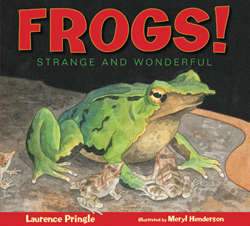 The tiny Amau frogs were discovered just before Laurence Pringle's book on frogs was published--too late to include this big news. At the end of his book FROGS!, Larry has an Author’s Note called “A Life Full of Frogs” in which he tells about his close encounters with frogs as a child, as a father, as a wildlife photographer, and as a neighborhood ecologist acting locally to protect and even create anuran habitats. His relationship with frogs continues to this day. He says, "Our Spring evenings are sweetened by a chorus of spring peepers from the neighborhood wetland forest. Also, almost every day we visit our backyard garden pond. Several green frogs, large and small, live there. There are tadpoles of both green frogs and gray tree frogs." Pringle, Laurence. "Tiny Frogs Are Big News." Nonfiction Minute, iNK Think Tank, 13 Oct. 2017, www.nonfictionminute.org/the-nonfiction-minute/tiny-frogs-are-big-news. 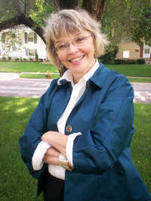 When the United States was a baby nation, it had lots of wheel-busting wagon trails, but hardly any highways. Traveling was difficult—unless water was nearby. Then you could FLOAT yourself and your stuff to market. Rivers don't always flow where you want to go, so Americans did what ancient Egyptians and medieval Chinese and Europeans had done. They built CANALS, the BIG idea in America in the early 1800s, and none was more important than the famous Erie Canal. On July 4, 1817, at tiny Rome, NY, the digging began. In the next eight years, thousands of men sweated, clearing woods, and digging miles of ditch, four feet deep, 40 feet wide! They built up a TOWPATH beside it for the animals, who'd pull the boats along, when the ditch was full of water. Inventive engineers built 83 LOCKS, too, in which the water moved up or down over the land, and 18 AQUEDUCTS (bridges to carry water over deep valleys). Finally, early on October 26, 1825, at Buffalo, NY, a cannon BOOMED! Trumpets tootled! New York Governor DeWitt Clinton and his guests stepped onto their packet (or passenger) boat. A team of horses tossed their heads, eager to start. More horse-drawn packets waited to join the parade. Off they'd go, four smooth miles per hour, to Albany, seven days and 363 miles away, on the very first ride on the completed canal, the longest in the world. People atop the flat-topped packets waved at the folks on the land. They watched out for low bridges—or else: splash! From Albany, the canal boats (minus the horses!) glided down the Hudson River, past dark hills sparkling with bonfires. Bells rang and flags fluttered that November 4, 1825, as the packets passed Manhattan, Brooklyn, and Staten Island. Then Governor Clinton emptied a keg of Lake Erie water into the harbor. Why? To show that the Great Lakes and the Atlantic Ocean were connected and that Americans were connected to the world. In the next decades they'd build miles of canals— until their next BIG idea came chugging down the railroad track. The wedding of the Great Lakes and Atlantic Ocean waters Boats were pulled by horses walking along a towpath beside the canal. Here's a treat for you. Cheryl Harness is not only an author, but she is also an illustrator. This is a spread from her book "The Amazing Impossible Erie Canal."
MLA 8 Citation Harness, Cheryl. "Roads Made of Water." Nonfiction Minute, iNK Think Tank, 26 Sept. 2017, www.nonfictionminute.org/the-nonfiction-minute/roads-made-of-water. One reviewer claimed that my book, The Roots of Rap: 16 Bars on the 4 Pillars of Hip Hop, surprised him. “I didn’t take Carole Weatherford for a hip-hop head,” he confessed. Maybe not. But I have designed and taught a hip-hop course for college students. I write poetry and stories steeped in oral traditions. And I was raised on family lore; street, playground and handclap rhymes; proverbs; spirituals; and the call-and-response of the black church. As a child, I also read Langston Hughes poems and chanted James Brown’s anthem, “Say It Loud (I’m Black and I’m Proud.” I later tuned into Gil Scott Heron’s spoken word manifesto, “The Revolution Will Not Be Televised.” Back in the day, I partied to Whodini, the Fat Boys and Run DMC, but did not fathom the power of rap until 1981 when I heard “The Message” by Grandmaster Flash and the Furious Five. The song confirmed for me that rap is rooted in resistance. Rap originated in the late 1970s among alienated black and Latino youth in the Bronx, Harlem and Brooklyn. The genre has since come of age, and rappers have won Grammys for best album (The Miseducation of Lauryn Hill in 1999) and best song of the year (Childish Gambino’s “This Is America” in 2019). In 2017, Kendrick Lamar won the Pulitzer prize for music, a first for rapper. Today, hip hop is the language of global youth culture. Rap reveries have replaced hoop dreams, especially as a male rite of passage. A vehicle for self-expression, hip hop gives youth validation and agency. Despite rap’s rebellious vibe, the genre has form and makes use of figurative language. Here’s how I harness the power of hip hop in the classroom. I discuss rap’s roots in oral traditions and its use of poetic elements. I show documentaries on the pillars of hip hop: graffiti, breakdancing, deejaying and emceeing. We study how rap influences pop culture, politics and commerce. Finally, I get students to write homages, confessional lyrics, social commentary and/or advertising jingles. My son and collaborator, poet/illustrator Jeffery Weatherford, amps up the excitement with a mini-studio that lets students download beats, record lyrics and mix audio. Mobile apps can produce similar results. Like the genre itself, rap workshops convey to students that their voices deserve to be heard. 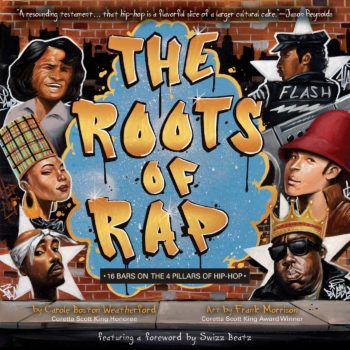 Carole Boston Weatherford has written many books inspired by oral traditions, including The Roots of Rap: 16 Bars on the 4 Pillars of Hip Hop, illustrated by Frank Morrison. Here is Vicki Cobb's review. 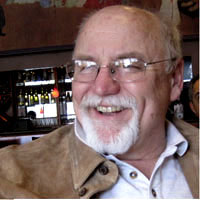 Gigantic earthquakes rocked the Midwestern United States between December 16, 1811, and February 7, 1812. A fault in our continent’s stone base runs beneath the Mississippi River near what is now New Madrid, Missouri. Unequal pressures built up on both sides of this fault and the sides slipped to ease the pressure. Whammo—the first of 3 earthquakes from these slips was felt as far away as New York City, Washington, DC, and Charleston, South Carolina. There were no scientific instruments to measure the New Madrid Quakes in 1812 so geologists have sifted through widespread accounts from old journals and newspapers for data. Putting the accounts together on a map, we know the quakes were felt over an area of 1,930,000 square miles. They earthquakes began with a pair of terrific shocks at 2:15 and 7:15 local time on the morning of December 16, 1811, both measuring 7.2 - 8.1 on the Richter scale. They were followed by a 7.0 - 7.8 quake on January 23, 1812, and a 7.4 - 8.0 event on February 7, 1912. The quakes were violent, earth-shifting events. There have been even more powerful earthquakes in Alaska and Hawaii, both vulnerable to deep geological pressures, But the New Madrid quakes are the largest to ever occur in the original forty-eight states. Yet little damage or loss of life was reported. The region was then part of Louisiana Territory, sparsely inhabited with small villages and only a few multi-story masonry buildings. We can’t know how many log cabins or small home chimneys were thrown down, or how many Native Americans were affected. Coincidentally, the first steam paddle-wheeler on the Mississippi, the New Orleans, invented by Robert Fulton, was making its first trip south during the quakes. Land heaves caused massive waves to travel up and down the river. When the little southbound New Orleans met one of these waves it seemed that the great Mississippi was running backward. Some land rose, riverbanks crumbled, some land subsided and formed new lakes. The river’s course was so changed that maps were useless, and the steamboat did a remarkable job of “feeling its way” through the new channels to dock at New Orleans on January 10, 1812. We’ve come to expect earthquake and volcanic activity around the Pacific “Ring of Fire,” and other hot-spots of geologic shift, but the New Madrid Quake was the product of an unexpected fault in earth’s crust we now call the New Madrid Seismic Zone. And, yes, there is the possibility of similar earthquakes from this zone in the future. The Earth that seems so solid is secretly restless.
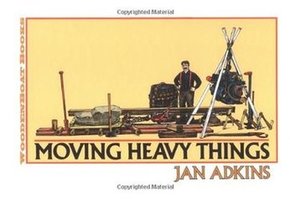 Jan Adkins is not only a writer, but also a wonderful illustrator. His personal website is under construction at the moment, but if you would like to find out more about him and see a list of his very well known books, click here. Adkins is a member of iNK's Authors on Call and is available for classroom programs through Field Trip Zoom, a terrific technology that requires only a computer, wifi, and a webcam. Click here to find out more. MLA 8 Citation Adkins, Jan. "Earthquakes on the Mississippi?" Nonfiction Minute, iNK Think Tank, 25 Sept. 2017, www.nonfictionminute.org/the-nonfiction-minute/earthquakes-on-the-mississippi. |
*NEWS
|
For Vicki Cobb's BLOG (nonfiction book reviews, info on education, more), click here: Vicki's Blog
The NCSS-CBC Notable Social Studies Committee is pleased to inform you
that 30 People Who Changed the World has been selected for Notable Social Studies Trade Books for Young People 2018, a cooperative project of the National Council for the Social Studies (NCSS) & the Children’s Book Council
Categories
All
Abolitionists
Adams Janus
Adaptation
Adaptations
Adkins Jan
Advertising
Aerodynamics
Africa
African American History
African Americans
Africa West
Agriculture
Aircraft
Air Pilots
Air Pressure
Air Travel
Albee Sarah
Alchemy
Alligators
Allusion
American History
American Icons
Amphibians
Amundsen Roald
Anatomy
Ancient
Ancient Cultures
Anderson Marian 1897-1993
Animal Behavior
Animal Experimentation
Animal Intelligence
Animals
Animation
Antarctica
Ants
Apache Indians
Apes
April Fool's Day
Architecture
Argument
Arithmetic
Art
Art Deco
Artists
Arts
Asia
Astronauts
Astronomy
Athletes
Atomic Theory
Audubon Societies
Authors
Autobiography
Automobiles
Aviation
Awards
Bacteria
Baseball
Battuta Ibn
Bears
Beatles
Beavers
Bees
Biodegradation
Biography
Biology
Biomes
Biomimicry
Biplanes
Birds
Black Death
Black History
Blindness
Blizzards
Bombs
Bonaparte Napoleon
Boone Daniel
Botany
Brazil
Bridges
Brill Marlene Targ
Brooklyn Bridge
Brown John
Buffaloes
Building Materials
Butterflies
Caesar
Caesar Julius
Caissons
Calculus
Calendars
Cannibal
Capitals
Caravaggio
Carbon Dioxide
Carnivores
Carson Mary Kay
Cartoons & Comics
Carving (Decorative Arts)
Cascade Range
Castaldo Nancy
Castles
Castrovilla Selene
Cathedrals
Cats
Caves
Celts
Cemeteries
Chemistry
Children's Authors
Child Welfare
China
Choctaw Indians
Christmas
Chronometers
Cicadas
Cinco De Mayo
Ciphers
Circle
Citizenship
Civil Rights
Civil Rights Movements
Civil War
Civil War - US
Climate
Climate Change
Clocks And Watches
Clouds
Cobb Vicki
COBOL (Computer Language)
Code And Cipher Stories
Collard III Sneed B.
Collectors And Collecting
Color
Commerce
Communication
Competition
Compilers
Composers
Computers
Congressional Gold Medal
Consitution
Contests
Contraltos
Coolidge Calvin
Cooling
Corms
Corn
Counterfeiters
Covid-19
Crocodiles
Cryptography
Culture
Darwin Charles
Declaration Of Independence
Decomposition
Decompression Sickness
Deep-sea Animals
Deer
De Medici Catherine
Design
Detectives
Dickens Charles
Disasters
Discrimination
Diseases
Disney Walt
DNA
Dogs
Dollar
Dolphins
Douglass Frederick 1818-1895
Droughts
Dr. Suess
Dunphy Madeleine
Ear
Earth
Earthquakes
Ecology
Economics
Ecosystem
Edison Thomas A
Education
Egypt
Eiffel-gustave-18321923
Eiffel-tower
Einstein-albert
Elephants
Elk
Emancipationproclamation
Endangered Species
Endangered-species
Energy
Engineering
England
Englishlanguage-arts
Entomology
Environmental-protection
Environmental-science
Equinox
Erie-canal
Etymology
Europe
European-history
Evolution
Experiments
Explorers
Explosions
Exports
Extinction
Extinction-biology
Eye
Fairs
Fawkes-guy
Federalgovernment
Film
Fires
Fishes
Flight
Floods
Flowers
Flute
Food
Food-chains
Foodpreservation
Foodsupply
Food-supply
Football
Forceandenergy
Force-and-energy
Forensicscienceandmedicine
Forensic Science And Medicine
Fossils
Foundlings
France
Francoprussian-war
Freedom
Freedomofspeech
French-revolution
Friction
Frogs
Frontier
Frontier-and-pioneer-life
Frozenfoods
Fugitiveslaves
Fultonrobert
Galapagos-islands
Galleys
Gametheory
Gaudi-antoni-18521926
Gender
Generals
Genes
Genetics
Geography
Geology
Geometry
Geysers
Ghosts
Giraffe
Glaciers
Glaucoma
Gliders-aeronautics
Global-warming
Gods-goddesses
Gold-mines-and-mining
Government
Grant-ulysses-s
Grasshoppers
Gravity
Great-britain
Great-depression
Greece
Greek-letters
Greenberg Jan
Hair
Halloween
Handel-george-frederic
Harness Cheryl
Harrison-john-16931776
Health-wellness
Hearing
Hearing-aids
Hearst-william-randolph
Henry-iv-king-of-england
Herbivores
Hip Hop
History
History-19th-century
History-france
History-world
Hitler-adolph
Hoaxes
Holidays
Hollihan Kerrie Logan
Homestead-law
Hopper-grace
Horses
Hot Air Balloons
Hot-air-balloons
Housing
Huguenots
Human Body
Hurricanes
Ice
Icebergs
Illustration
Imagery
Imhotep
Imperialism
Indian-code-talkers
Indonesia
Industrialization
Industrial-revolution
Inquisition
Insects
Insulation
Intelligence
Interstatecommerce
Interviewing
Inventions
Inventors
Irrational-numbers
Irrigation
Islands
Jacksonandrew
Jazz
Jeffersonthomas
Jefferson-thomas
Jemisonmae
Jenkins-steve
Jet-stream
Johnsonlyndonb
Jokes
Journalism
Keeling-charles-d
Kennedyjohnf
Kenya
Kidnapping
Kingmartinlutherjr19291968
Kingmartinlutherjr19291968d6528702d6
Kings-and-rulers
Kings Queens
Kings-queens
Koala
Labor
Labor Policy
Lafayette Marie Joseph Paul Yves Roch Gilbert Du Motier Marquis De 17571834
Landscapes
Languages-and-culture
Law-enforcement
Layfayette
Levers
Levinson Cynthia
Lewis And Clark Expedition (1804-1806)
Lewis Edmonia
Liberty
Lift (Aerodynamics)
Light
Lindbergh Charles
Liszt Franz
Literary Devices
Literature
Lizards
Longitude
Louis XIV King Of France
Lumber
Lunar Calendar
Lynching
Macaws
Madison-dolley
Madison-james
Madison-james
Mammals
Maneta-norman
Maneta-norman
Marathon-greece
Marine-biology
Marine-biology
Marines
Marsupials
Martial-arts
Marx-trish
Mass
Massachusetts-maritime-academy
Mass-media
Mastodons
Mathematics
May-day
Mcclafferty-carla-killough
Mcclafferty-carla-killough
Mckinley-william
Measurement
Mechanics
Media-literacy
Media-literacy
Medicine
Memoir
Memorial-day
Metaphor
Meteorology
Mexico
Mickey-mouse
Microscopy
Middle-west
Migration
Military
Miners
Mississippi
Molasses
Monarchy
Monsters
Montgomery
Montgomery-bus-boycott-19551956
Montgomery-heather-l
Monuments
Moon
Moran-thomas
Morsecode
Morsesamuel
Moss-marissa
Moss-marissa
Motion
Motion-pictures
Mummies
Munro-roxie
Munro-roxie
Musclestrength
Museums
Music
Muslims
Mythologygreek
Nanofibers
Nanotechnology
Nathan-amy
Nathan-amy
Nationalfootballleague
Nationalparksandreserves
Nativeamericans
Native-americans
Native-americans
Naturalhistory
Naturalists
Nature
Nauticalcharts
Nauticalinstruments
Navajoindians
Navigation
Navy
Ncaafootball
Nervoussystem
Newdeal19331939
Newman-aline
Newman-aline
Newton-isaac
New-york-city
Nobelprizewinners
Nomads
Nonfictionnarrative
Nutrition
Nylon
Nymphs-insects
Oaths Of Office
Occupations
Ocean
Ocean-liners
Olympics
Omnivores
Optics
Origami
Origin
Orphans
Ottomanempire
Painters
Painting
Paleontology
Pandemic
Paper-airplanes
Parksrosa19132005
Parrots
Passiveresistance
Patent Dorothy Hinshaw
Peerreview
Penguins
Persistence
Personalnarrative
Personification
Pets
Photography
Physics
Pi
Pigeons
Pilots
Pinkertonallan
Pirates
Plague
Plains
Plainsindians
Planets
Plantbreeding
Plants
Plastics
Poaching
Poetry
Poisons
Poland
Police
Political-parties
Pollen
Pollution
Polo-marco
Populism
Portraits
Predation
Predators
Presidentialmedaloffreedom
Presidents
Prey
Prey-predators
Prey-predators
Prime-meridian
Pringle Laurence
Prohibition
Proteins
Protestandsocialmovements
Protestants
Protestsongs
Punishment
Pyramids
Questioning
Radio
Railroad
Rainforests
Rappaport-doreen
Ratio
Reading
Realism
Recipes
Recycling
Refrigerators
Reich-susanna
Religion
Renaissance
Reproduction
Reptiles
Reservoirs
Rheumatoidarthritis
Rhythm-and-blues-music
Rice
Rivers
Roaringtwenties
Roosevelteleanor
Rooseveltfranklind
Roosevelt-franklin-d
Roosevelt-theodore
Running
Russia
Safety
Sanitation
Schwartz David M
Science
Scientificmethod
Scientists
Scottrobert
Sculpture
Sculpturegardens
Sea-level
Seals
Seals-animals
Secretariesofstate
Secretservice
Seeds
Segregation
Segregationineducation
Sensessensation
September11terroristattacks2001
Seuss
Sextant
Shackletonernest
Shawneeindians
Ships
Shortstories
Silkworms
Simple-machines
Singers
Siy Alexandra
Slavery
Smuggling
Snakes
Socialchange
Social-change
Socialjustice
Social-justice
Socialstudies
Social-studies
Social-studies
Sodhouses
Solarsystem
Sound
Southeast-asia
Soybean
Space Travelers
Spain
Speech
Speed
Spiders
Spies
Spiritualssongs
Sports
Sports-history
Sports-science
Spring
Squirrels
Statue-of-liberty
STEM
Storms
Strategy
Sugar
Sumatra
Summer
Superbowl
Surgery
Survival
Swanson-jennifer
Swinburne Stephen R.
Synthetic-drugs
Taiwan
Tardigrada
Tasmania
Tasmanian Devil
Tasmanian-devil
Technology
Tecumsehshawneechief
Telegraph-wireless
Temperature
Tennis
Terrorism
Thomas Peggy
Thompson Laurie Ann
Time
Titanic
Tombs
Tortoises
Towle Sarah
Transcontinental-flights
Transportation
Travel
Trees
Trung Sisters Rebellion
Tundra
Turnips
Turtles
Typhoons
Underground Railroad
Us-environmental-protection-agency
Us History
Us-history
Ushistoryrevolution
Us History Revolution
Us-history-war-of-1812
Us Presidents
Ussupremecourtlandmarkcases
Vacations
Vaccines
Vangoghvincent
Vegetables
Venom
Vietnam
Viruses
Visual-literacy
Volcanoes
Voting-rghts
War
Warne-kate
Warren Andrea
Washington-dc
Washington George
Water
Water-currents
Wax-figures
Weapons
Weather
Weatherford Carole Boston
Whiting Jim
Wildfires
Winds
Windsor-castle
Wolves
Woman In History
Women
Women Airforce Service Pilots
Women-airforce-service-pilots
Womeninhistory
Women In History
Women-in-science
Women's History
Womens-roles-through-history
Wonder
Woodson-carter-godwin-18751950
World-war-i
World War Ii
World-war-ii
Wright Brothers
Writing
Writing-skills
Wwi
Xrays
Yellowstone-national-park
Zaunders Bo
ArchivesMarch 2021
February 2021
January 2021
December 2020
November 2020
October 2020
September 2020
June 2020
May 2020
April 2020
March 2020
February 2020
January 2020
December 2019
October 2019
September 2019
August 2019
July 2019
May 2019
April 2019
March 2019
February 2019
January 2019
December 2018
November 2018
September 2018
June 2018
May 2018
April 2018
March 2018
February 2018
January 2018
December 2017
November 2017
October 2017
September 2017
March 2017
The NONFICTION MINUTE, Authors on Call, and. the iNK Books & Media Store are divisions of iNK THINK TANK INC.
a 501 (c) (3) nonprofit corporation. To return to the iNK Think Tank landing page click the icon or the link below. :
http://inkthinktank.org/
For more information or support, contact thoughts@inkthinktank.org
For Privacy Policy, go to
Privacy Policy
© COPYRIGHT the Nonfiction Minute 2020.
ALL RIGHTS RESERVED.
This site uses cookies to personalize your experience, analyze site usage, and offer tailored promotions. www.youronlinechoices.eu
Remind me later
Archives
March 2023
February 2023
January 2023
December 2022
November 2022
October 2022
September 2022
June 2022
May 2022
April 2022
March 2022
February 2022
January 2022
December 2021
November 2021
September 2021
April 2021
March 2021
February 2021
November 2020
October 2020
September 2020
June 2020
May 2020
April 2020
March 2020
February 2020
January 2020
October 2019
August 2019
July 2019
May 2019
April 2019
December 2018
September 2018
June 2018
May 2018
March 2018
February 2018
January 2018
December 2017
November 2017
October 2017
September 2017


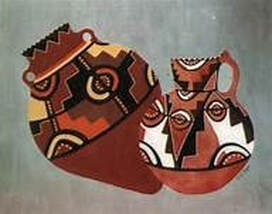
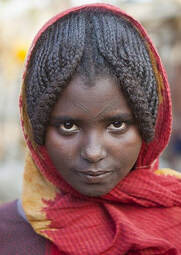

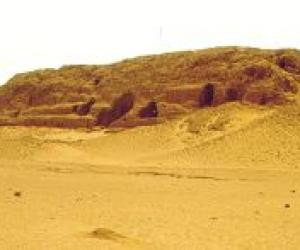
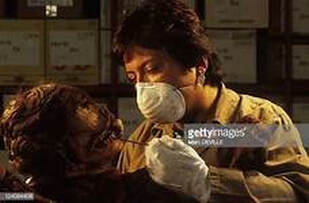
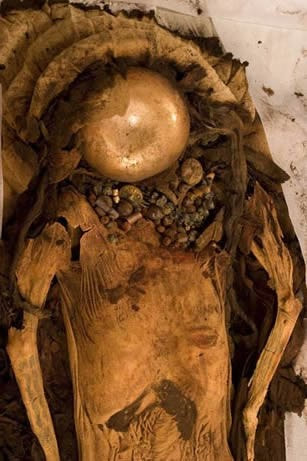
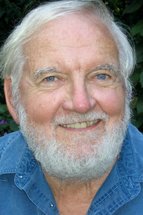

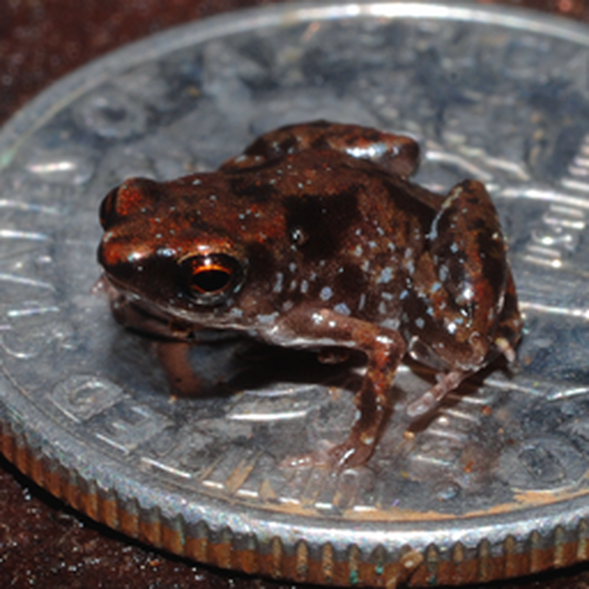


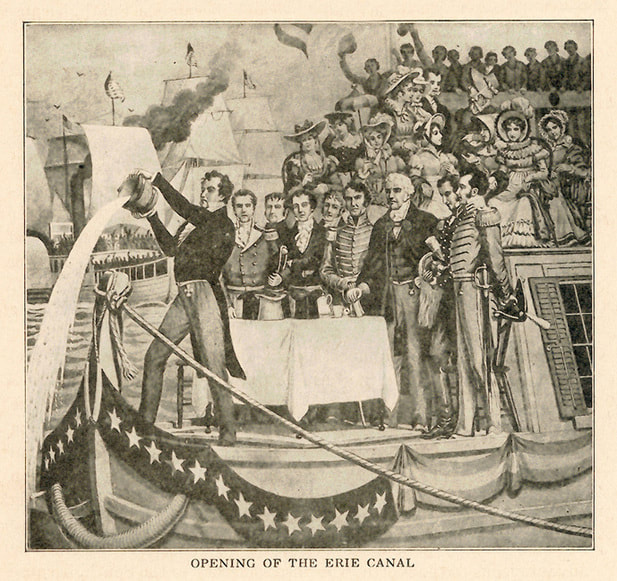
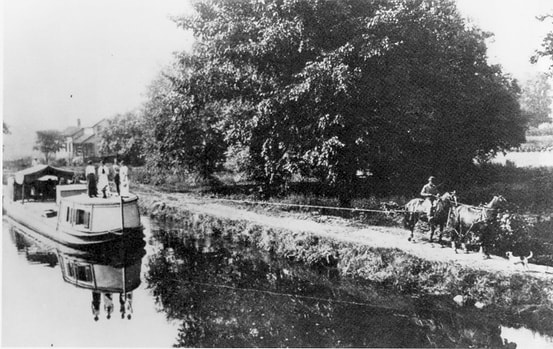

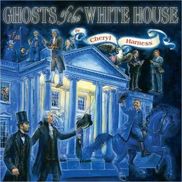


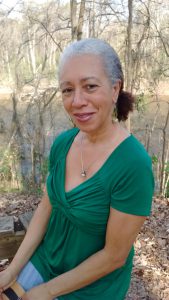
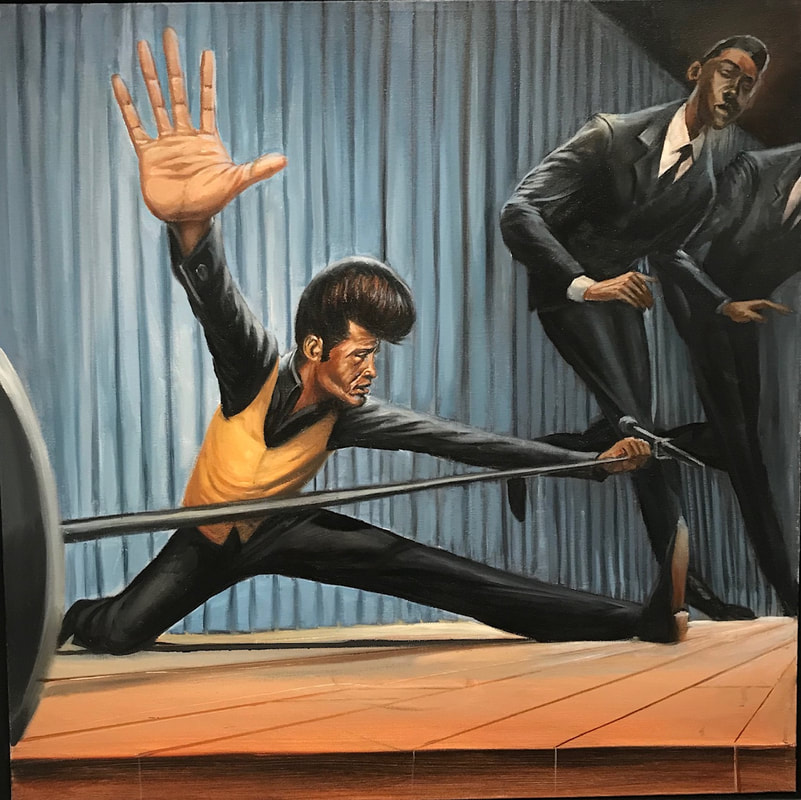
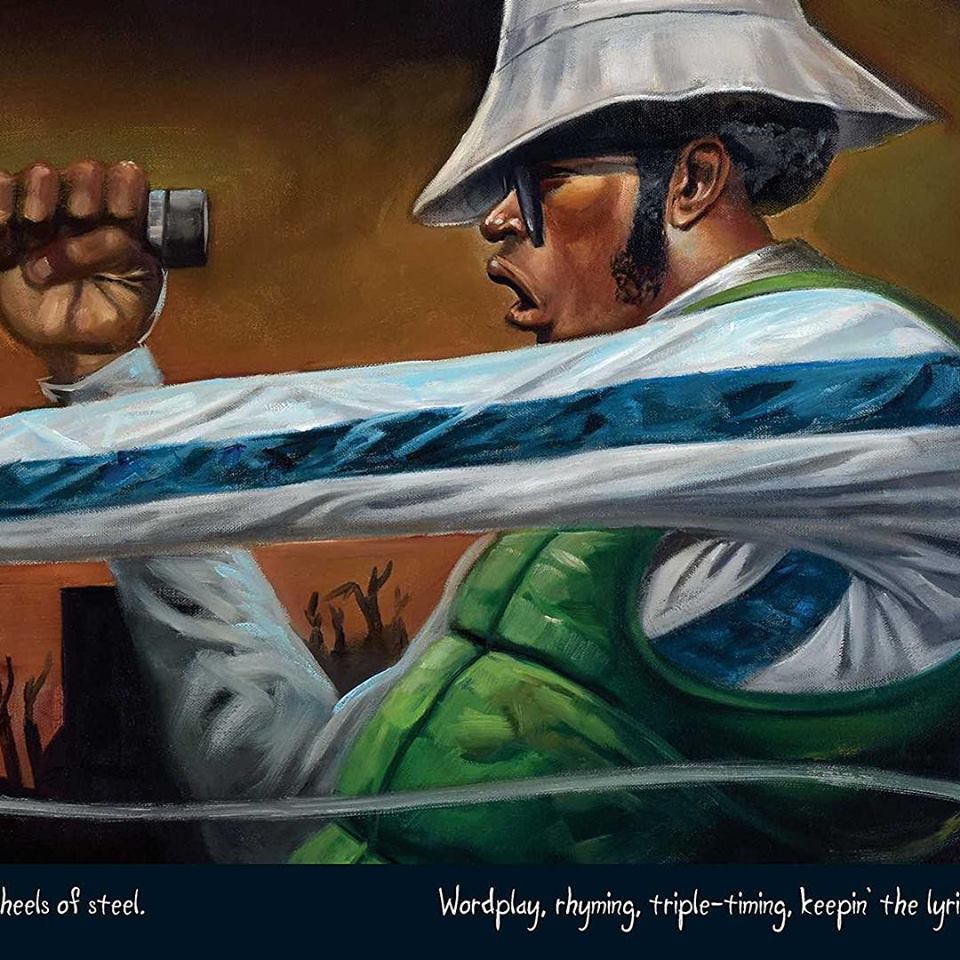

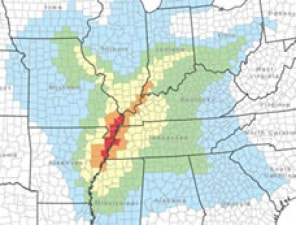
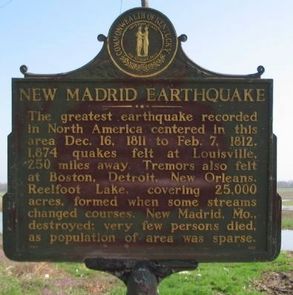

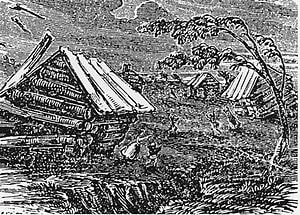

 RSS Feed
RSS Feed
